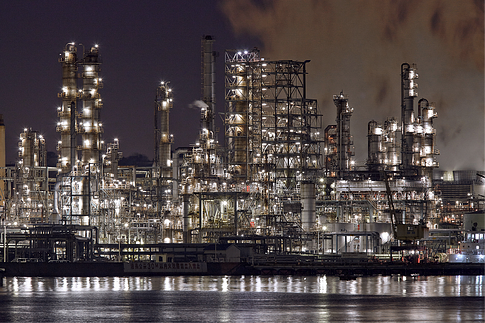If you have attended an industrial trade show recently, you know that the hype surrounding LEDs in industrial complexes and projects is inescapable. It’s important to understand that the hype is justified when LEDs are implemented correctly into project designs as they greatly increase energy efficiency.
What exactly are LEDs?
Light Emitting Diodes (LEDs) produce light extremely efficiently. Differing from traditional luminaries, LEDs do not require a filament to operate. With a lower chance of overheating and burning out, LEDs have a lifespan that surpasses traditional luminaries by thousands of hours and can be used for a variety of functions. When LEDs were first introduced onto the market, they had limited uses, including:
- Exit and Emergency Signage
- Task Lights
- Color Changing Luminaries
- Cold Space Luminaries
- Unique Shaped Luminaries
Today, LEDs are used for all lighting applications including Commercial, Industrial, and even Hazardous Classification Areas.
Why LED’s matter to industrial plants
AMG recently performed a study that documented the final LED design and found that the recent price drops in high output LED lighting have led to a simple payback in less than 2 years for industrial clients. With higher lumen outputs and lower fixture costs, LEDs meet the requirements of USGBC and ASHRAE by allowing:
- Ongoing energy savings for the project
- Reduced lighting watts per square foot by nearly 50%
- Reduced maintenance fees for LED lighting fixtures
Incorporating LEDs into your industrial or processing plant will enable you to reduce energy bills while decreasing your carbon footprint. It’s a move that pays for itself.
Proper lighting and design is crucial to the success of any project
A project’s final lighting design combines LED light fixtures and state-of-the-art LED controls to achieve significant energy savings. Today, we are seeing more and more project designs that require half the light fixtures to have the capability to dim to 10% power at scheduled evening times in non-process areas. The same dimming feature can also provide day lighting control of the open spaces.
Experiencing light reductions that are up to 50% better than similar code-compliant lighting systems requires careful design and thoughtful selection of light fixtures and controls. With LEDs, you will ensure that your project has efficient and effective lighting that increases safety measures while decreasing energy bills.
AMG can design and implement LED solutions
AMG is currently working with clients for a full LED lighting design supplemented with proper cost effective lighting controls. If you want to reduce your energy costs, increase safety, ramp up production, and improve the environment, call us today and ask about our LED services and lighting installations.


